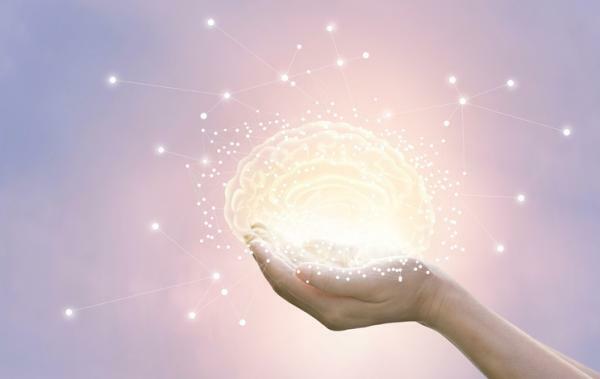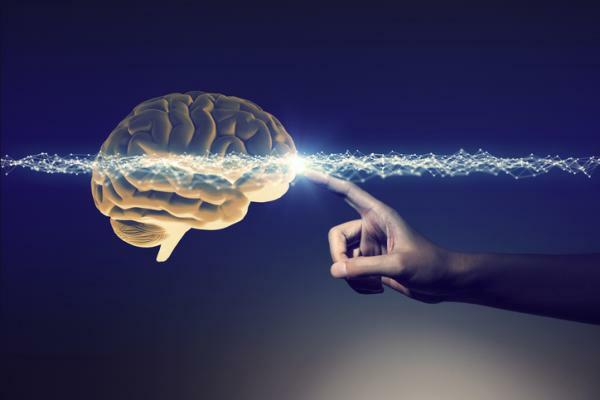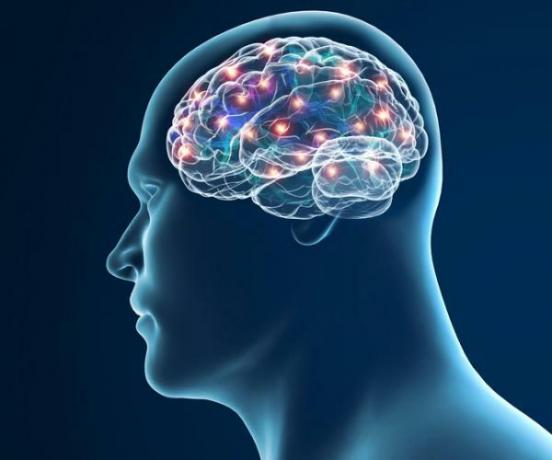
The nervous system is in charge of receiving and emitting signals and stimuli throughout the body. It is considered the most complex structure of all those that work in the human body. This structure of our body is differentiated into two large systems: the Central Nervous System (CNS) and the Peripheral Nervous System (SNP).
The CNS is characterized by being the nucleus of our mental processing, in fact, it is in charge of treating the information that our senses collect so that we can understand it better. Do you want to know more about the Central Nervous System, its functions and parts? Then do not miss this interesting article on Psychology-Online, in it you will learn about the functions and parts of the Central Nervous System (CNS).
We can divide our nervous system into the central nervous system and the peripheral nervous system (PNS). The Peripheral Nervous System is made up of all the nerves that start from the CNS and extend throughout the body. On the other hand, the Central Nervous System is
Anatomy of the central nervous system
The CNS is protected by the skull, spinal column, and membranes called meninges. It is made up of the brain and spinal cord, made up of millions of cells connected to each other, the famous neurons.
Next, we offer you a simple diagram so that you can see how the Central Nervous System is divided.
- How does the CNS work? If you want to know what the functions of the Central Nervous System are, we recommend that you continue reading this article.
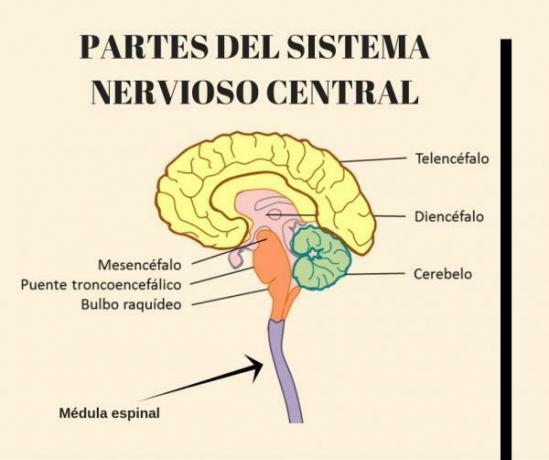
The encephalon is the upper part of the CNS, popularly known as the brain, this part of the Nervous System is made up of other regions (in addition to the brain).
Brain anatomy:
This area is protected by the skull. At the anatomical level, the brain is made up of the following parts:
- Brain
- Cerebellum
- The brain stem
These parts and their functions are explained below.
1. Brain
It is the best known organ of the central nervous system. The brain has numerous functions but in general, it is in charge of processing the information that comes from of the five senses, as well as controlling movement, emotions, memory, cognition and learning. It is the center of intellectual functions.
Anatomically, the brain can be divided into two parts: Telencephalon and diencephalon.
The Telencephalon corresponds to the two cerebral hemispheres: the right and the left, communicated by nerve fibers called the corpus callosum. The outer part of the brain is known as the cerebral cortex made up of gray matter and white matter.
The white matter function is the transmission of brain information to the rest of the human body and the gray matter function it is related to the processing of information and therefore also to reasoning.
On the one hand, the left hemisphere is responsible for movement and sensory perception of the right part of our body, logical reasoning, linguistic intelligence and ability mathematics. On the other hand, the right hemisphere is in charge of the movements and the perception of the left side, of the vision in three dimensions, the creativity and the imagination.
In the cortex of each hemisphere four lobes are identified:
- Frontal lobe, which controls voluntary movements and is related to the ability to plan, intelligence and personality.
- The occipital lobe, which integrates visual information.
- The temporal lobe, which integrates auditory information, memory and emotions.
- The parietal lobe, that integrates the tactile information of the whole body and intervenes in the sensation of balance.
The diencephalon is made up of different anatomical parts: hypothalamus, thalamus, and epithalamus.
- Thalamus, receives the sensations collected by other parts of the CNS and distributes them to other regions of the cerebral cortex.
- The main function of the hypothalamus it regulates the balance of our body and basic needs such as, for example, the intake of food, drink and the instinct for reproduction, also controlling the endocrine system.
- Finally, the epithalamus belongs to the limbic system, related to emotions and intuition. It also contains the Pineal gland, which regulates the states of sleep and wakefulness.
2. Cerebellum
It bridges stimuli from the spinal cord to reach the brain. Some of its functions are the following: regulate the heartbeat, blood pressure, balance and respiratory function. Regulates muscle movements such as running, walking, writing... and also maintains muscle tone and body posture.
3. Brainstem or brainstem
Located above the spinal cord, the brain stem is divided into three anatomical regions: the pons and the midbrain.
- The medulla oblongata It is the part of the brain that joins the spinal cord. In the bulb there are ascending (sensory), descending (motor) fascicles and gray matter that communicate the spinal cord with the brain. These regulate vital functions such as respiratory function, heartbeat, and vascular diameter. It also controls vomiting, coughing, sneezing, hiccups and swallowing.
- The annular bulge or brainstem bridge regulates respiratory movements, and receives sensory information from taste and tactile information from the face and neck.
- Finally, the midbrain controls eye movements as well as pupil contraction. Participates in the subconscious regulation of muscle activity.
Next, we show you a complete scheme with the main parts of the brain:
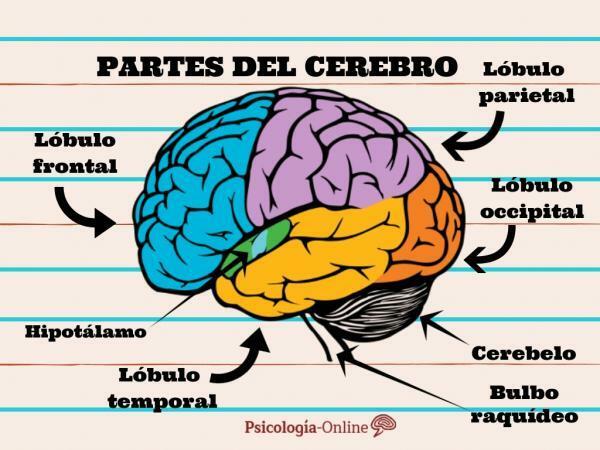
The spinal cord is the part of the Central Nervous System located inside the spinal column. It contains 31 spinal segments and a pair of spinal nerves are born from each segment. The spinal or spinal nerves maintain communication between the spinal cord and the different parts of the body.
Functions of the spinal cord
This part of the Central Nervous System has two fundamental functions: it is the center of many reflex acts and it is also the communication pathway between the body and the brain, through sensory ascending pathways and descending motor pathways. Like the rest of the CNS, the spinal cord is made up of gray matter, located in the central part, and white matter, located in the outermost part.
This article is merely informative, in Psychology-Online we do not have the power to make a diagnosis or recommend a treatment. We invite you to go to a psychologist to treat your particular case.
